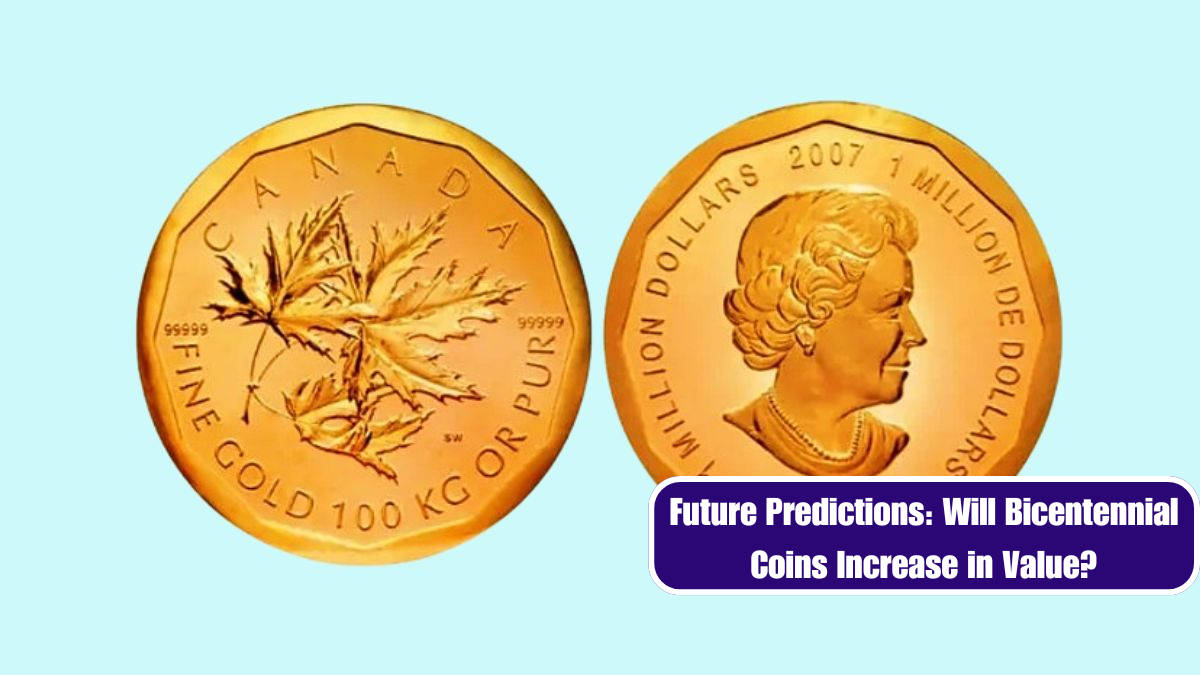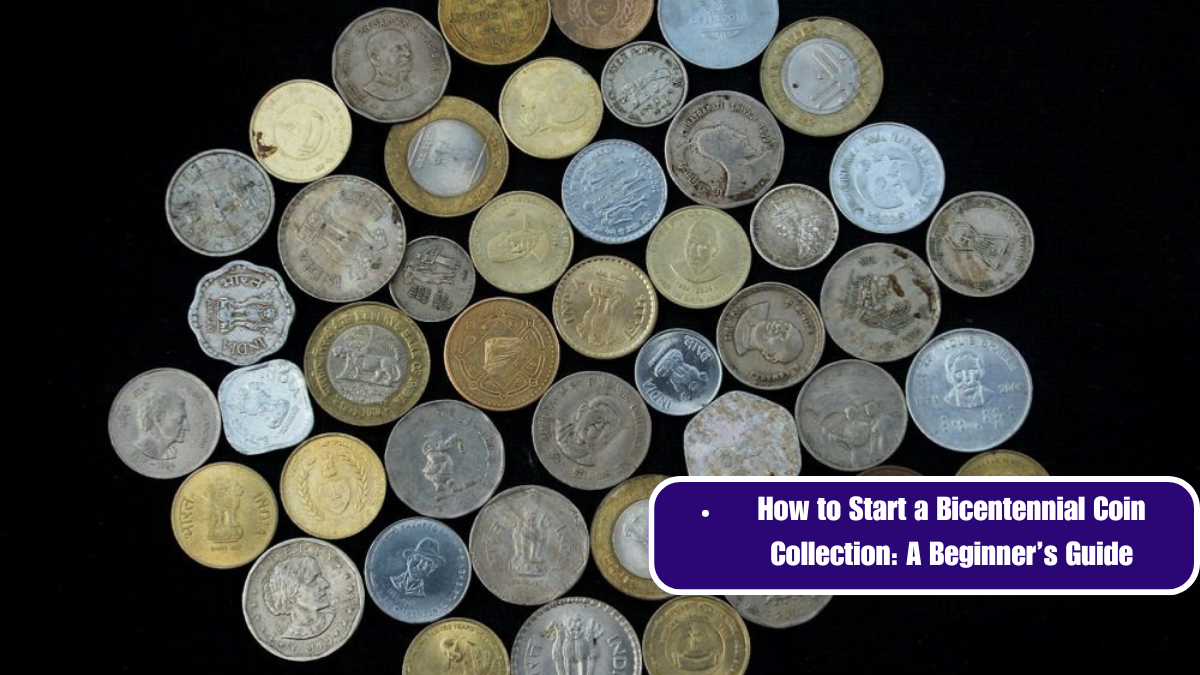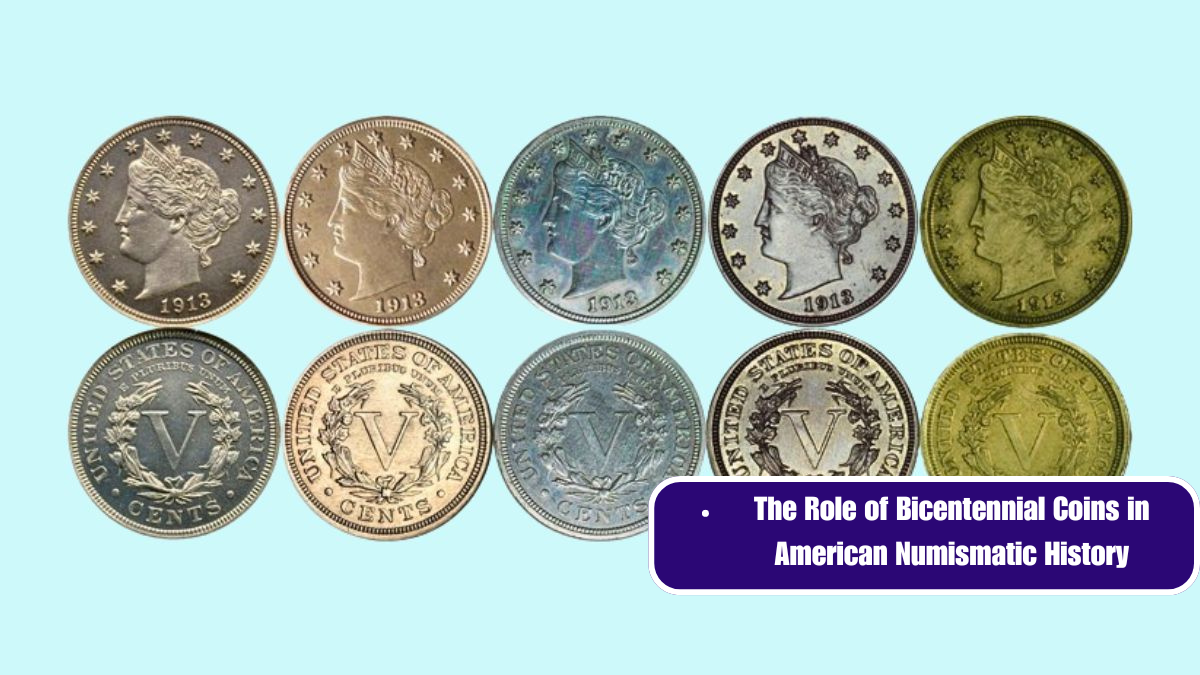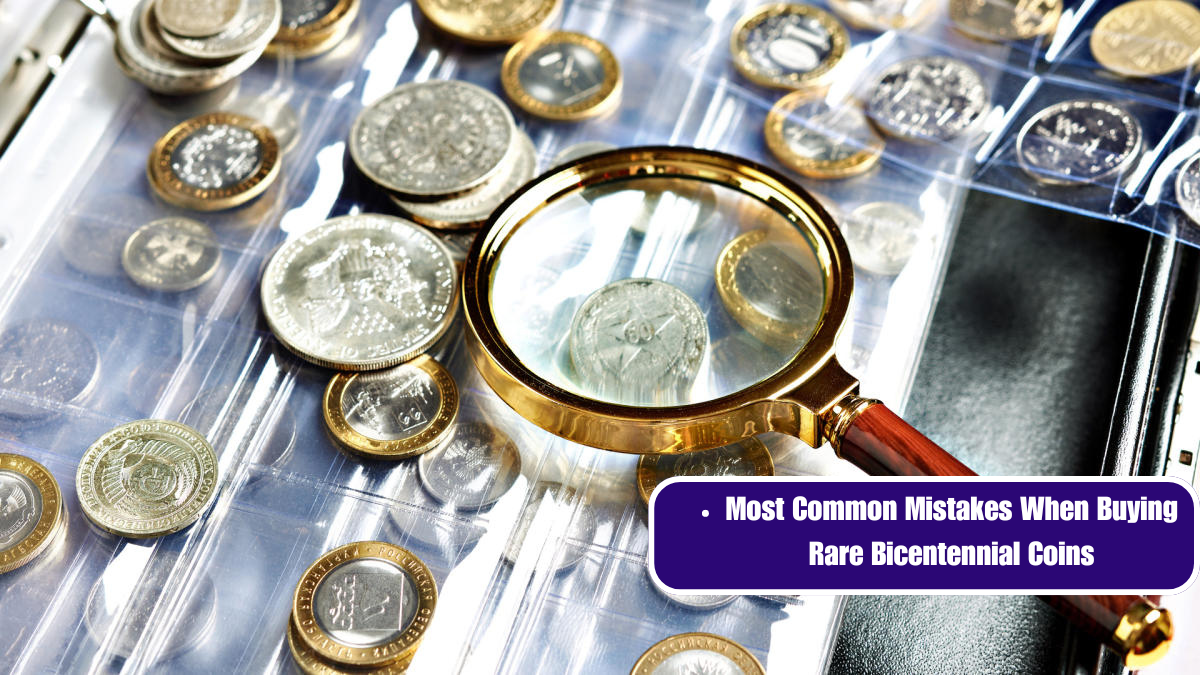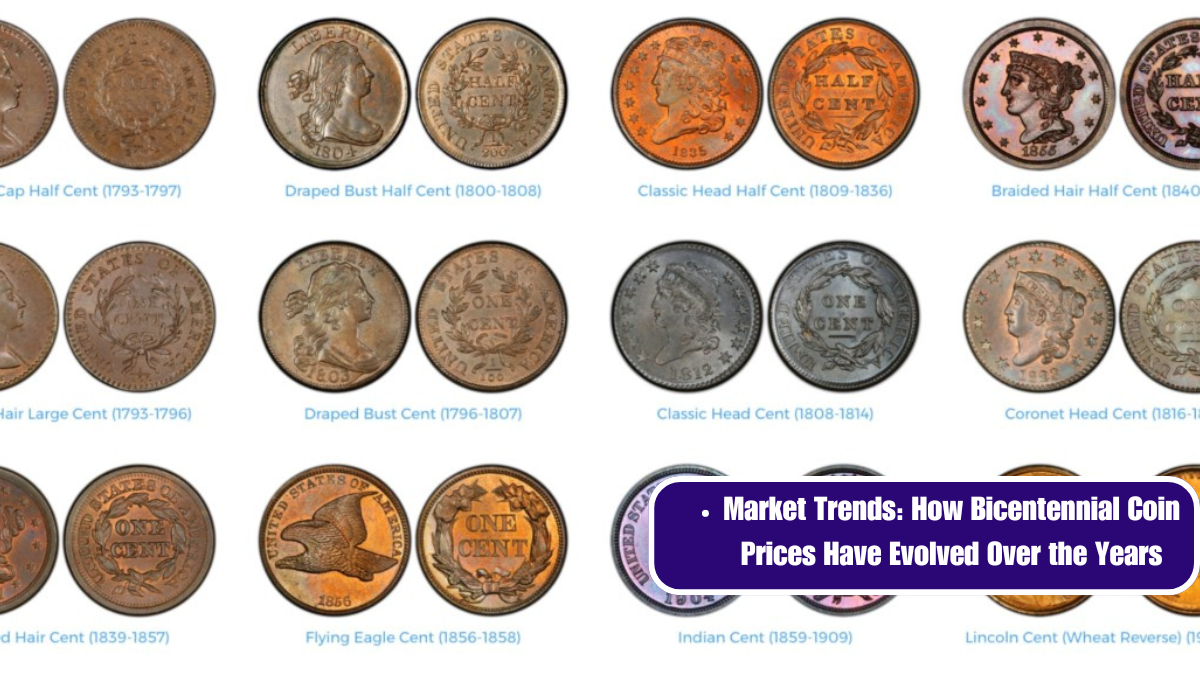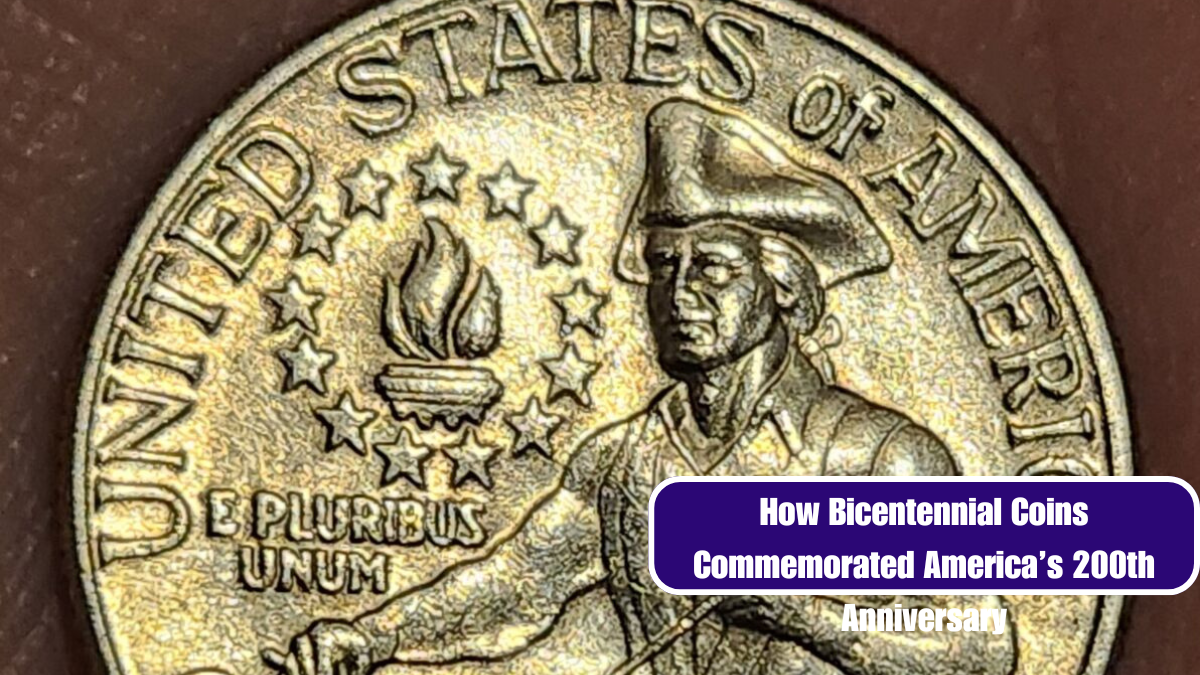The Bicentennial coins, released in 1975 and 1976 to commemorate the 200th anniversary of American independence, are a fascinating topic for numismatists and collectors alike. Featuring unique designs and minted in large quantities, these coins have become a significant part of American coinage history. As we look ahead, many collectors and investors are pondering a crucial question: Will Bicentennial coins increase in value in the future? Let’s delve into the factors that could influence their potential appreciation.
Historical Context
The Bicentennial coins were issued in three denominations: the quarter, half dollar, and dollar. Each coin featured distinct designs, including the iconic Liberty Bell and the moon landing image on the reverse. While these coins were produced in large numbers—especially compared to other commemorative issues—their historical significance and unique designs have contributed to their lasting appeal.
Current Market Trends
As of now, Bicentennial coins are not particularly valuable in the context of rare coin markets. Most of these coins are worth only a small premium over their face value, typically ranging from a few cents to a few dollars above face value, depending on the condition and specific type of coin. The high mintage numbers and the fact that they were not intended for circulation but rather as collectibles have kept their value relatively stable but modest.
Factors Influencing Future Value
- Rarity and Demand: The most significant factor in the future value of Bicentennial coins will be their rarity. Since they were minted in large quantities, their scarcity is low. However, if the supply of well-preserved coins dwindles over time and demand increases, their value could rise. Collectors who focus on pristine examples, such as those graded MS-65 or higher, might see some appreciation.
- Historical Significance: As time goes on, historical perspectives can shift, and the Bicentennial coins might gain more historical significance. If future generations develop a deeper appreciation for the 1976 celebrations or the artistic designs, this could drive interest and potentially value.
- Market Trends: Coin collecting trends can be unpredictable. While current trends show limited interest in Bicentennial coins compared to other rarer commemoratives, shifts in collector preferences could change the landscape. For example, increased interest in mid-20th century American history or unique coin designs might spur renewed interest in Bicentennial issues.
- Economic Factors: Broader economic conditions also play a role in the coin market. Inflation, changes in the economy, or fluctuations in precious metal prices can indirectly affect the value of collectible coins. Although Bicentennial coins are not made from precious metals, economic factors could influence their value through changes in collector behavior and market sentiment.
- Condition and Grading: The condition of the coins is crucial. Coins in excellent condition, especially those graded by reputable services like the Numismatic Guaranty Corporation (NGC) or Professional Coin Grading Service (PCGS), are more likely to appreciate in value. Collectors and investors should focus on high-quality specimens to maximize potential returns.
While Bicentennial coins are not currently highly valuable, there are several factors that could influence their future appreciation. Their historical significance, potential shifts in market demand, and the condition of individual coins are key elements to consider. For collectors and investors, keeping an eye on these variables and maintaining well-preserved specimens could offer opportunities for future value growth.
In summary, while it is uncertain whether Bicentennial coins will see a significant increase in value in the future, their unique place in American numismatic history ensures they will continue to hold interest among collectors. As with all collectibles, their value is influenced by a blend of market trends, historical importance, and economic conditions, making them an intriguing part of any coin collection.
